Our facilities provide a waste and environmental management solutions across all industries
Veolia is the industry leader in waste and environmental management in Australia and New Zealand’s heavy industry corporations, commercial businesses, municipalities and communities. Veolia’s facilities deliver high-performance, innovative and environmentally friendly solutions.
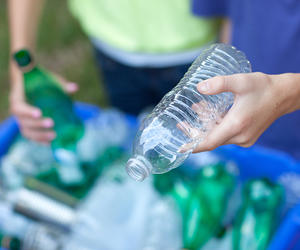
Ellwaste national facilities network
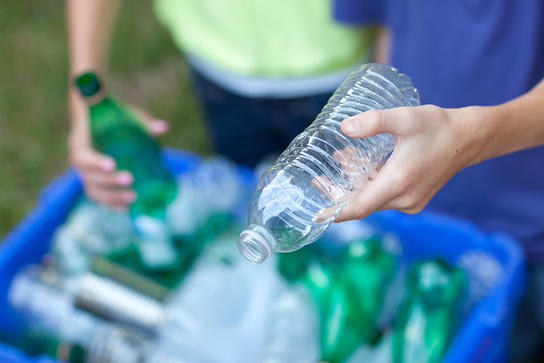
Veolia, through the acquisition of Ellwaste in July 2017, was able to increase their comprehensive range of integrated solid waste management solutions nationwide. The acquisition was aligned to Veolia’s strategy to grow its waste services business, to further promote landfill diversion and to enhance its offering for regional commercial, industrial and municipal waste customers.
Veolia operates and maintains a national fleet of waste collection vehicles providing residential kerbside services in seven Australian regional and rural community areas. Services that are currently provided by Veolia, and will be further expanded by the acquisition of Ellwaste include the collection of:
- Comingled recyclables
- Garden organics
- Residual waste
Veolia operates 17 transfer stations that are located throughout the Northern Victoria region to provide a cost-effective, accessible and environmentally focused means for local communities and residents to manage their waste. These transfer stations serve urban and rural communities transporting waste to industry leading landfill sites and state-of-the-art waste to energy or organic resource recovery facilities.
Recovered materials are sold to domestic and international markets after processing as primary materials used to create new, sustainably sourced products.
KEY STATISTICS
- 17 transfer stations in Northern Victoria region alone
- Multiples transfer stations in network capable of processing in excess of 400,000 tonnes of waste per annum
- Waste to energy facilities in NSW produce enough clean energy to power 30,000 homes
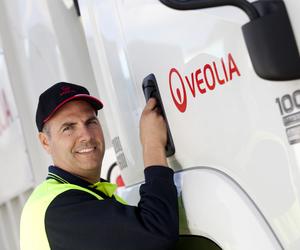
Banksmeadow Rail Transfer Facility
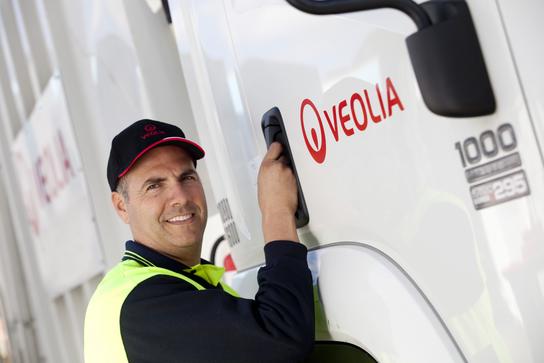
The facility provides choice and competition for the region, delivering a much-needed innovative and sustainable resource recovery solution that can respond to local government and commercial demands now and into the future. This is supported by Southern Sydney Region of Councils’ recent confirmation of Veolia as the preferred supplier for its long-term Advanced Waste Treatment contract, which will increase the recovery of resources from their waste stream.
KEY STATISTICS
- Reducing truck movements on Sydney roads by 30,000 per annum
- Receives 400,000 tonnes per annum
- Helps to manage 20% of Sydney's waste and resource recovery requirements
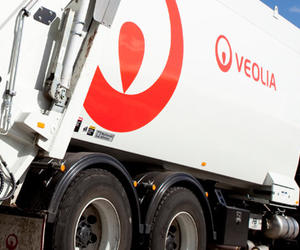
Clyde Rail Transfer Terminal

Operational since 2004, the Clyde Transfer Terminal is a significant piece of state infrastructure which is consistent with government policy, utilising the freight rail network for transport and facilitating greater resource recovery, by opening up access to remote treatment solutions to form part of Sydney’s long-term waste strategy. This facility supports existing source separated initiatives such as curbside recycling and provides access to Veolia's Woodlawn Bioreactor and Mechanical Biological Treatment Facility.
KEY STATISTICS
- Local truck movements reduced by 37,500 per annum
- Operating since 2004
- Processing 500,000 tonnes of waste per annum
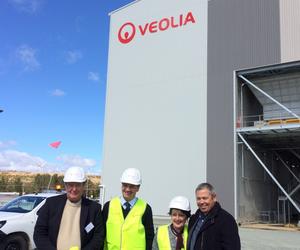
Woodlawn Bioreactor & landfill Facility
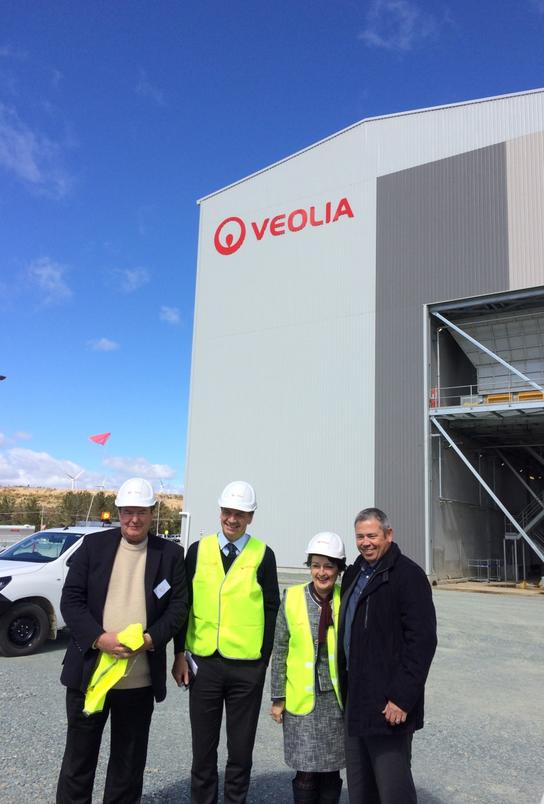
The Woodlawn Bioreactor currently accepts around 20% of Sydney’s putrescible waste and is recognised as an example of best practice landfill technology.
To help tackle the rising tide of putrescible waste, in the year 2000, the Minister of Planning approved a proposal from Veolia to develop the Woodlawn Bioreactor. Woodlawn Bioreactor is located in a former open cast copper, lead and zinc mine. Following an approval process for the construction of a rail transfer terminal to Woodlawn from Clyde (21 kms south west of Sydney’s CBD), the bioreactor came on-line in 2004.
The Woodlawn Bioreactor currently accepts around 20% of Sydney’s putrescible waste and is recognised as an example of best practice landfill technology. It supports existing source separated initiatives such as kerbside recycling, by recovering energy from the residual waste stream.
KEY STATISTICS
- Processing 20% of Sydney’s putrescible waste
- Home to a 48 megawatt per annum windfarm
- Exports enough power to supply over 30,000 households.
- Capable of managing consistent rates of waste up to and beyond 2047
- Processing capacity of 144,000 tonnes per annum, with current intake around 30,000t
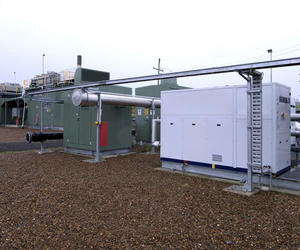
Ti Tree Waste-to-energy Bioreactor Facility
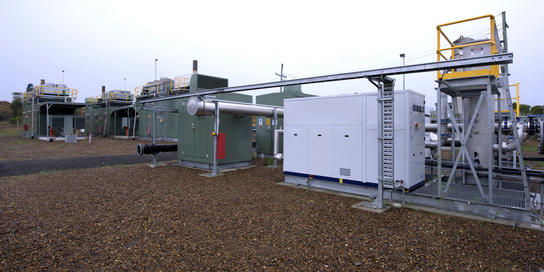
Ti Tree Bioenergy is a waste disposal facility that utilises bioreactor technology to capture environmentally damaging methane gas from landfill and convert it into electricity.
Ti Tree Bioenergy is a joint venture between Veolia and JJ Richards which is managed by Veolia. Veolia contributes to all standard company practices, including strategies toward developing and operating sustainable environmental solutions into the joint venture.
The facility utilises the 36 million m3 void left over from a previous open cut coal operation on the outskirts of Ipswich. As the site is filled, completed areas are rehabilitated to complement the surrounding natural environment.
KEY STATISTICS
- The facility has been converting waste to energy since 2008
- To date well in excess of 28,000 megawatts of clean energy produced
- More than 2500 households can be powered by the facility
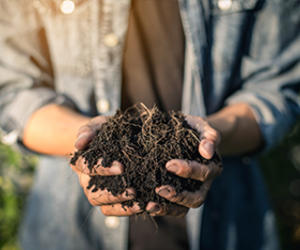
Thermal Waste Destruction Facility
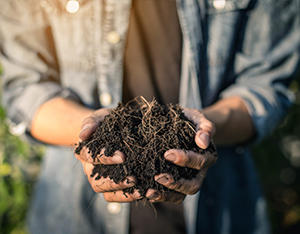
Medical, quarantine and pharmaceutical wastes require incineration to ensure the safest and least harmful disposal possible. Some industrial waste streams also benefit from the incineration disposal method.
Veolia has owned and operated its incinerator in South Australia for over 30 years. In 2010, Veolia invested $9 million to upgrade the facility to a Thermal Destruction Plant that ensures our clients are provided with world-leading “best practice” environmental standards for pollutant emissions of hazardous and biohazardous wastes. The new facility has been designed to meet European Standard 4/12/2000 and exceeds South Australian and United States EPA standards for pollutant emission control.
KEY STATISTICS
- Safe permanent destruction of 625kg per hour (15 tonnes per day)
- Air-lock waste hopper creates odour and smoke-free operation
- Incinerates at 1100 degrees Celcius to ensure complete destruction
- Safe and permanent destruction of medical, pharmaceutical, quarantine and disease control waste, hazardous waste and confidential waste.
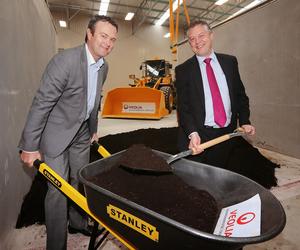
Bulla Organic Waste Facility
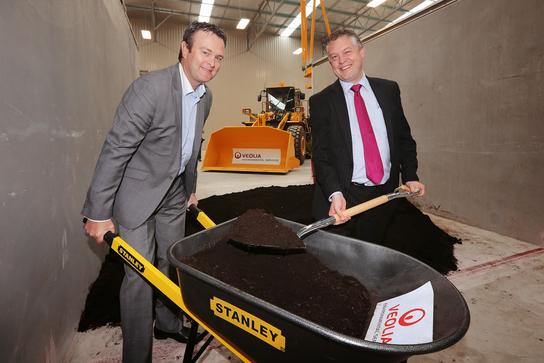
The Bulla organic waste facility will process 85,000 tonnes of bush trimmings, lawn clippings, garden waste, food scraps and neglected indoor plants annually. The highly efficient facility will convert the otherwise landfill-bound waste into approximately 60,000 tonnes of high-grade compost, which will, in turn, be sold to commercial operators, such as those in commercial scale horticulture and metropolitan soil markets. Returning otherwise wasted nutrients to the soil from which it came.
The new facility will receive, process and repurpose organic waste delivered by the Metropolitan Waste Management Group and 11 participating councils in the north and west of Melbourne. The facility is currently contracted to handle the organic waste processing for the region until 2027 and expects to continue its work returning organic material to the environment well into the foreseeable future.
KEY STATISTICS
- Processing capacity of 85,000 tonnes per year
- Produces up to 60,000 tonnes of high-grade compost annually
- Accepting waste from 11 municiple councils from the Melbourne region
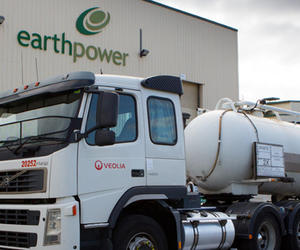
Earthpower organic waste recovery

Earthpower accepts solid and liquid food waste streams from the industrial, commercial and residential sectors and converts it to green energy and nutrient-rich fertiliser.
Earthpower provides clients with affordable gate-fees, enabling a viable alternative to traditional landfilling and allows for potential savings on other waste disposal costs by improved source segregation and recovery of recyclable organic material. Earthpower also facilitates the diversion of waste from landfill and subsequent reduction in green house gas emissions.The methane generated from organics breakdown is used as fuel for the generation of electricity. This electricity is sold into the grid for distribution to domestic, commercial and industrial clients and at full capacity, Earthpower is capable of producing enough green electricity to power over 3,600 homes.
KEY STATISTICS
- 50 tonnes of polystyrene recycled
- Over 1400 tonnes of cardboard recycled
- 1800 megawatt hours of renewable energy

